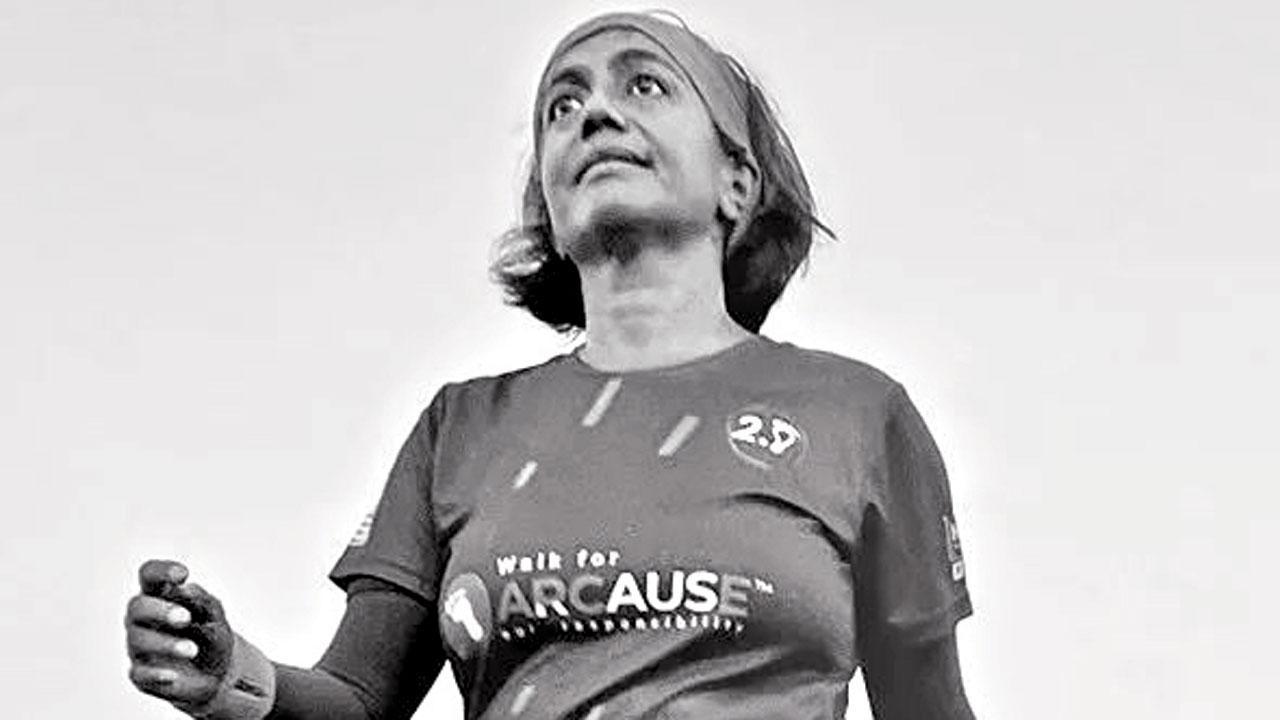Home / Mumbai-guide / Things To Do / Article /
Architect walks 1700 kilometres to explore design's role in daily life
Updated On: 22 May, 2024 09:26 AM IST | Mumbai | Nandini Varma
A new book tracks the remarkable journey charted by an architect from Kolkata to New Delhi on foot in a quest to look for the way design influences our lives

Gita Balakrishnan
Walking 1700 kilometres in 70 days is no small feat. It requires steady mental and physical preparation before the walk and endurance while at it. Inspired by the impact that similar journeys have had in the past, architect Gita Balakrishnan took it upon herself to take the leap too. Through her walk, she spoke to people from various socio-economic and educational backgrounds to understand the influence of design and designers on human lives. Her journey took her to several small towns, cities, and villages spread across the seven states between Kolkata and New Delhi.

Interacting with participants during a session. Pics Courtesy/Instagram




